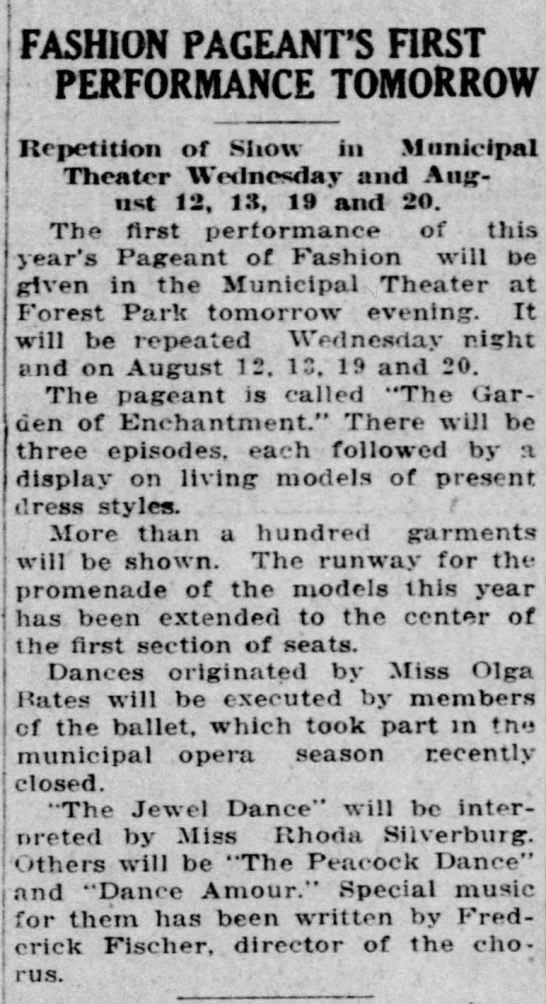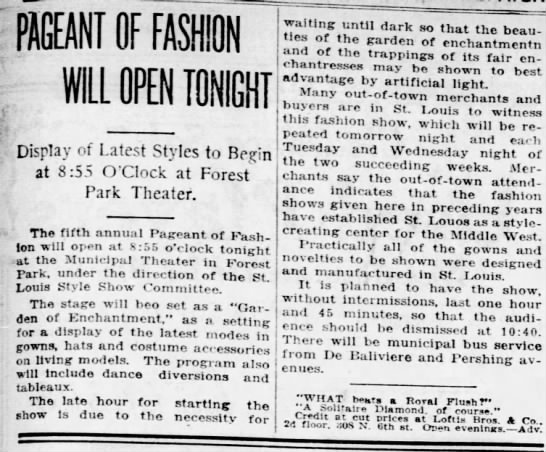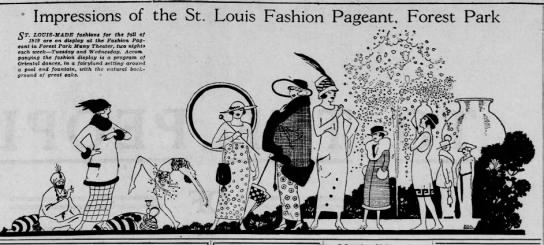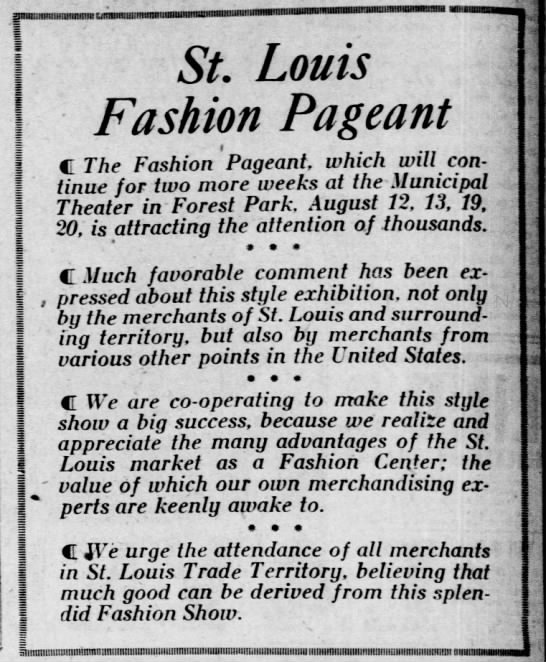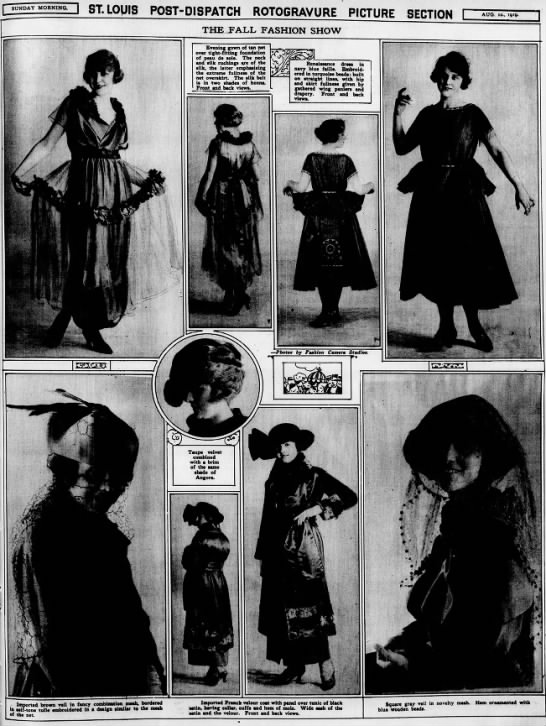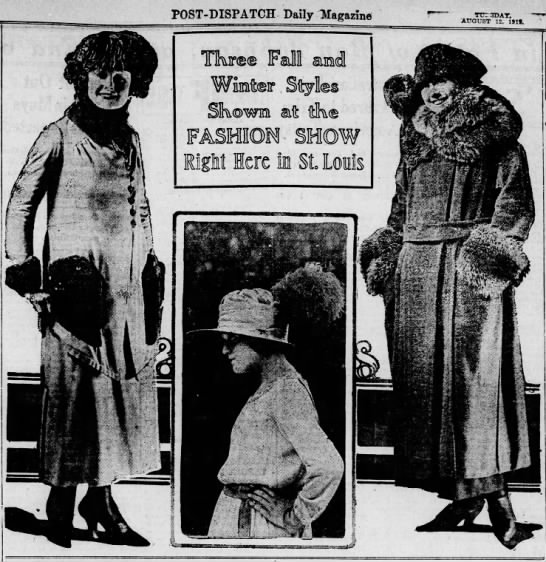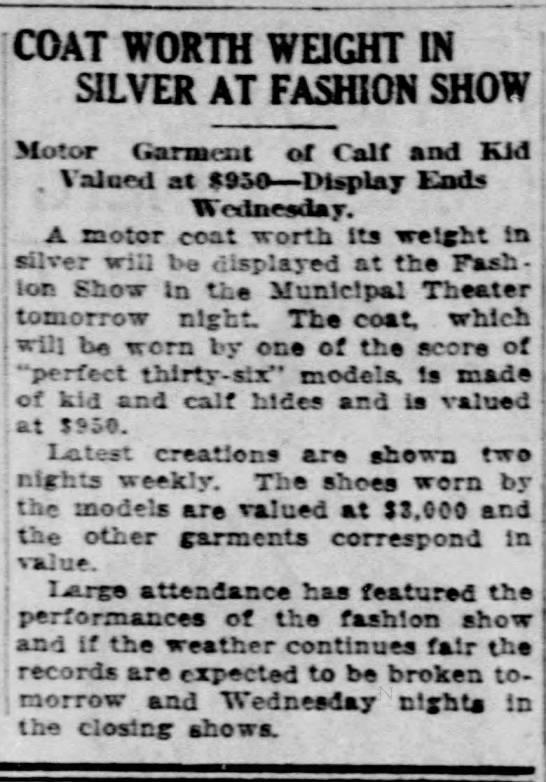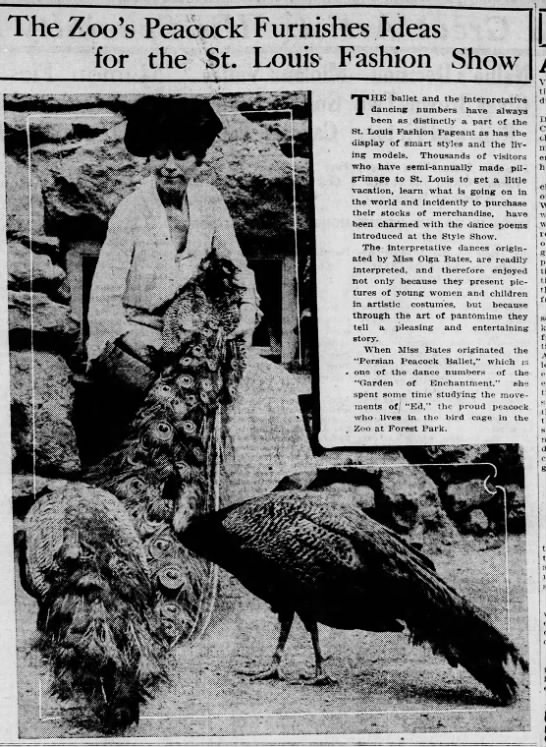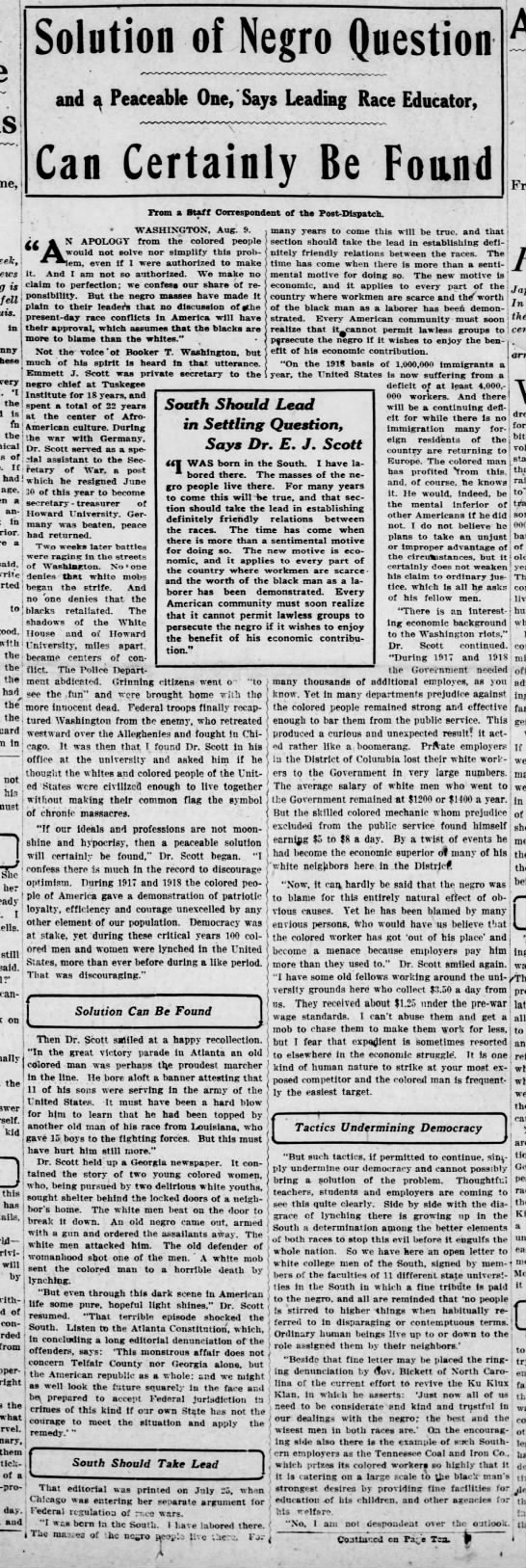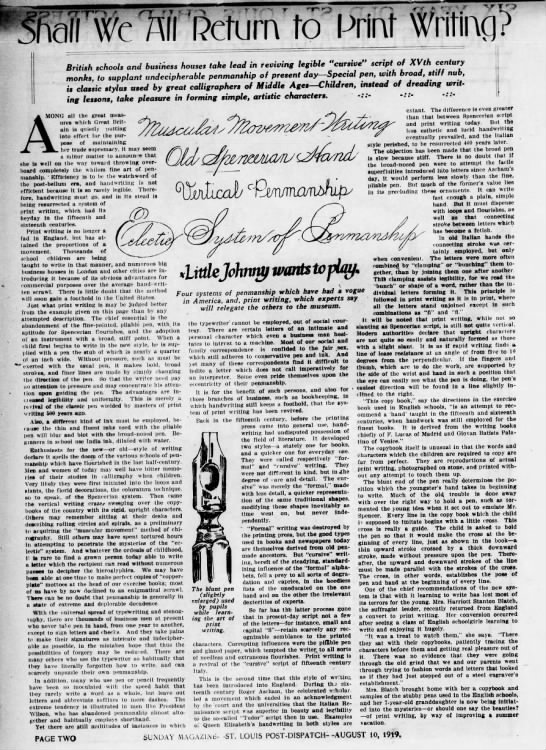Jane Austen's Inspiration: Beloved Friend Anne Lefroy by Judith Stove is a deeply researched look into Jane Austen's dear friend Anne Bridges Lefroy (1747-1804).
Anne was an interesting and intelligent woman, a clergyman's wife and a writer, a mother and a promotor of smallpox vaccination. Anne's husband's nephew was Tom Lefroy, notorious for Jane Austen's mentions of their"profligate and shocking" behavior of "dancing and sitting down together." Their flirtation came to an end with Jane writing, "My tears flow as I write."
We don't really know what occurred between Tom and Jane, but Ben Lefroy's wife Anna Austen wrote that Tom's mother Anne disliked him for "he had behaved so ill to Jane Austen." Was Jane's heart wounded? Were the pair separated by Anne Lefroy, as in the story of Persuasion? Yet at her death, Jane wrote a heartfelt poem for Anne Lefroy.
Stover combs through first sources for clues to their relationship--including Austen's letters and Anne Lefroy's letters--in the first chapter, The Austen Connection. In part two, Anne Before Jane, she covers Anne's family history. Part three, Through a Glass Darkly, considers Anne's life and family and the events and society of her time. Your Angel Mother tells of Anne's death, Jane's memorial poem, and concludes the stories of her children. The book includes illustrations.
I do not recommend this book for the casual Austen reader. This is not a narrow focus on the relationship between two women. The scholarship is detailed and broad, offering an understanding of Anne's heritage and times.
I received access to a free ebook through NetGalley in exchange for a fair and unbiased review.
from the publisher:In the first biography of Anne Lefroy, Judith Stove investigates the life of a writer who had was a key influence on the life and works of Jane Austen.Jane Austen's Inspiration: Beloved Friend Anne Lefroy
As a female writer of both prose and verse, Anne was a source of inspiration to Jane as she developed her own talents. Jane was closer in age to Anne’s children, yet despite their age difference, they developed a mutual respect and admiration for each other over many years.
Judith Stove brings a wealth of insight to this illuminating history of a literary friendship. She has uncovered a rich background of information relating to Anne Lefroy’s circle, and her book addresses developments across a period of great social and political change. Setting Lefroy’s life in context, she looks at the war against Napoleon and illustrates evolutions in healthcare as well as changes in religious beliefs and practices that impacted upon the lives of Lefroy and her circle.
by Judith Stove
Pen & Sword
Pub Date 31 Jul 2019
EDITION: Hardcover
ISBN: 9781526734204
PRICE: £25.00 (GBP)


